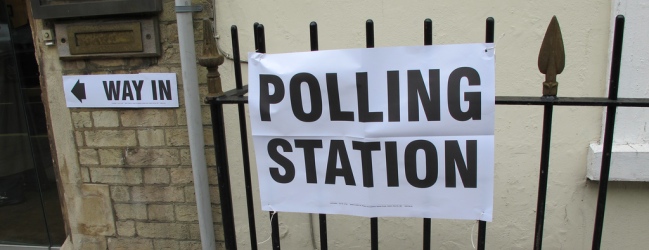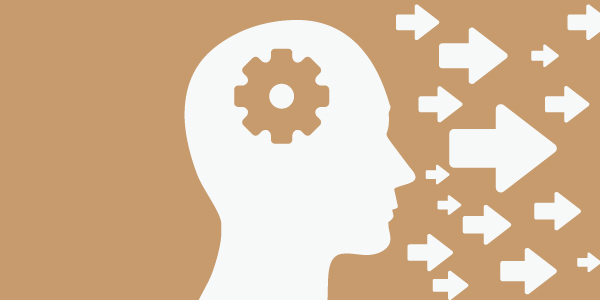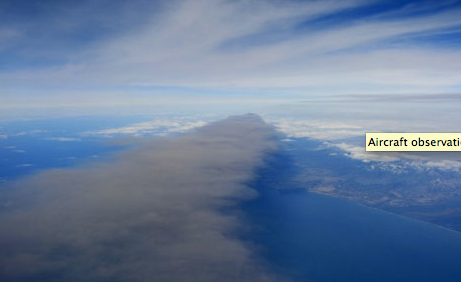Things I Learned This Week – #19
Offline this week I learned that children really do just cry for no particular reason, democracy is a very fragile thing, and that even just a couple of cakes and some red wine can throw put your productivity and weight-loss regime back to square one… 😮
![]() http://delicious.com/dajbelshaw/TILTW19
http://delicious.com/dajbelshaw/TILTW19
(64 bookmarks)
Tech.
- Need to mount an NTFS drive under Mac OSX 10.6 Snow Leopard? It’s a (hidden) built-in feature, but this makes it easier!
- Google have announced that all Google services will be available to Google Apps users. Which, if I was in the habit of using the term ‘game-changer’ I would be using right now.
- So the iPhone can now be made to run the Android operating system. If you’re asking “Why?” the answer is 37.
[youtube=http://www.youtube.com/watch?v=uJj0kHQgC9w&w=640&h=385]
- I’m a Spotify Premium subscriber after ditching all my CDs and MP3s last year. Which is why it winds me up when pressing the media keys on my MacBook Pro fires up iTunes. Fortunately, there’s a fix. 🙂
- Lifehacker’s got an extremely useful post on establishing and maintaining your digital identity. Read and act on it if you’ve never given this much thought before! (interestingly Syracuse University is providing free access to online reputation management software for graduates)
Productivity & Inspiration
- It turns out I’ve got lots of koans:
A koan… is a fundamental part of the history and lore of Zen Buddhism. It consists of a story, dialogue, question, or statement; the meaning of which cannot be understood by rational thinking, yet it may be accessible by intuition. One widely known koan is “Two hands clap and there is a sound; what is the sound of one hand?”
…
English-speaking non-Zen practitioners sometimes use k?an to refer to an unanswerable question or a meaningless statement. However, in Zen practice, a koan is not meaningless, and teachers often do expect students to present an appropriate response when asked about a koan. Even so, a koan is not a riddle or a puzzle. Appropriate responses to a koan vary, as different teachers may demand different responses to a given koan, and answers may vary by circumstance. One of the most common recorded comments by a teacher on a disciple’s answer is: “Even though that is true, if you do not know it yourself it does you no good.”[who?] The master is looking not for an answer in a specific form, but for evidence that the disciple has grasped the state of mind expressed by the koan itself.
- I’m going to be checking out flowr over the next few days/weeks. Looks like it could be a good productivity and workflow tool for organizations. And it’s got an iPhone app!
- Instapaper is a great service. I’m really glad I came across these 7 ways to make it rock even harder though!
- Finally! A blog for people who like Open Source stuff (especially Linux) but don’t find patching kernels every other day fun. Productivity using OSS FTW!
- There are many ways to be ‘rich’. This Dumb Little Man post reminds us of some of the others. I prefer being ‘Time Rich’. 😀
Education & Academic
- Here’s another article about an esoteric, elite school doing something innovative around ‘unlearning’. To me, that’s not interesting. What’s interesting is when whole states or countries do it and things become embedded.
- Videolectures.net has a whole host of free, online, useful, um, video lectures. The clue’s in the title, I suppose… 😉
- I now know what ‘stigmergic’ means thanks to this article:
Under stigmergic organization, any individual can formulate any individual innovation he sees fit, and make it universally available, and any other individual or group of individuals can adopt it as they see fit. If there is disagreement within a group as to whether or not to adopt it, they can fork and replicate two different versions of the same project. Every single “collective” is the product of the unanimous agreement of the individuals making it up. And every single contribution is modular, to be adopted or not adopted by unanimous consent in every discrete grouping out there.
 The Pearson Foundation published a report this week entitled The Digital World of Young Children: Emergent Literacy. More fuel for the bonfire of definitions of digital literacy I’ll be making in my thesis… :-p
The Pearson Foundation published a report this week entitled The Digital World of Young Children: Emergent Literacy. More fuel for the bonfire of definitions of digital literacy I’ll be making in my thesis… :-p- A New York Times article entitled Antisocial Networking? actually comes to the conclusion that it’s too soon to tell “whether all that texting, instant messaging and online social networking allows children to become more connected and supportive of their friends — or whether the quality of their interactions is being diminished without the intimacy and emotional give and take of regular, extended face-to-face time.” Quelle surprise.
Data, Design & Infographics
- In this interesting yet tongue-in-cheek TED Talk, Sebastian Wernicke analyses thousands of videos, comments and other features to determine what makes for a good or a bad TED Talk. The associated website is at http://get-tedpad.com
- Nathan Yau’s got a enlightening post on the history of infographics over at FlowingData. They’re big drivers of online traffic, donchaknow.
- An infographic I found extremely useful this week was a flowchart by the BBC entitled ‘What happens after the election?’ It did exactly what such things should do – tell me what I need to know, quickly and effectively!
- There’s some great graphics in this post to explain how to communicate your ideas more effectively:
Misc.
- Ever had a dream where you’re in a sinking car? I have and I’d prefer to be able to escape if it happened for real. Which is why this was handy, even if it is very unlikely I’ll ever need to use the information for real…
- The Met Office posted some great photos from a test flight last week to make sure it was safe for planes to fly after another ashcloud from the Icelandic volcano. This one’s my favourite:
- Amazon has put together a page that aggregates the most-highlighted sections of books by Kindle users.
- Google Analytics now has an application gallery featuring all kinds of awesome ways of visualizing your data. 🙂
- There is actually a difference between things that are simple, complicated, complex and chaotic. Fortunately, this post by Harold Jarche includes an explanation, amongst other things!
Quotations
To believe a thing is impossible is to make it so. (French proverb)
Education is a better safeguard of liberty than a standing army. (Edward Everett Hale)
There’s only one way to succeed in anything and that is to give everything. (Vince Lombardi)
There’s not the least thing can be said or done, but people will talk and find fault. (Dante Alighieri)
..and a lengthier one quoted by The Art of Manliness this week:
To laugh is to risk appearing the fool.
To weep is to risk appearing sentimental.
To reach out is to risk involvement,
To expose feelings is to risk exposing your true self.
To place your ideas and
dreams before a crowd is to risk their loss.
To love is to risk not being loved in return,
To live is to risk dying,
To hope is to risk despair,
To try is to risk failure.
But risks must be taken because
the greatest hazard in life is to risk nothing.
The person who risks nothing, does nothing,
has nothing, is nothing.
– William Arthur Ward (1921-1994)




